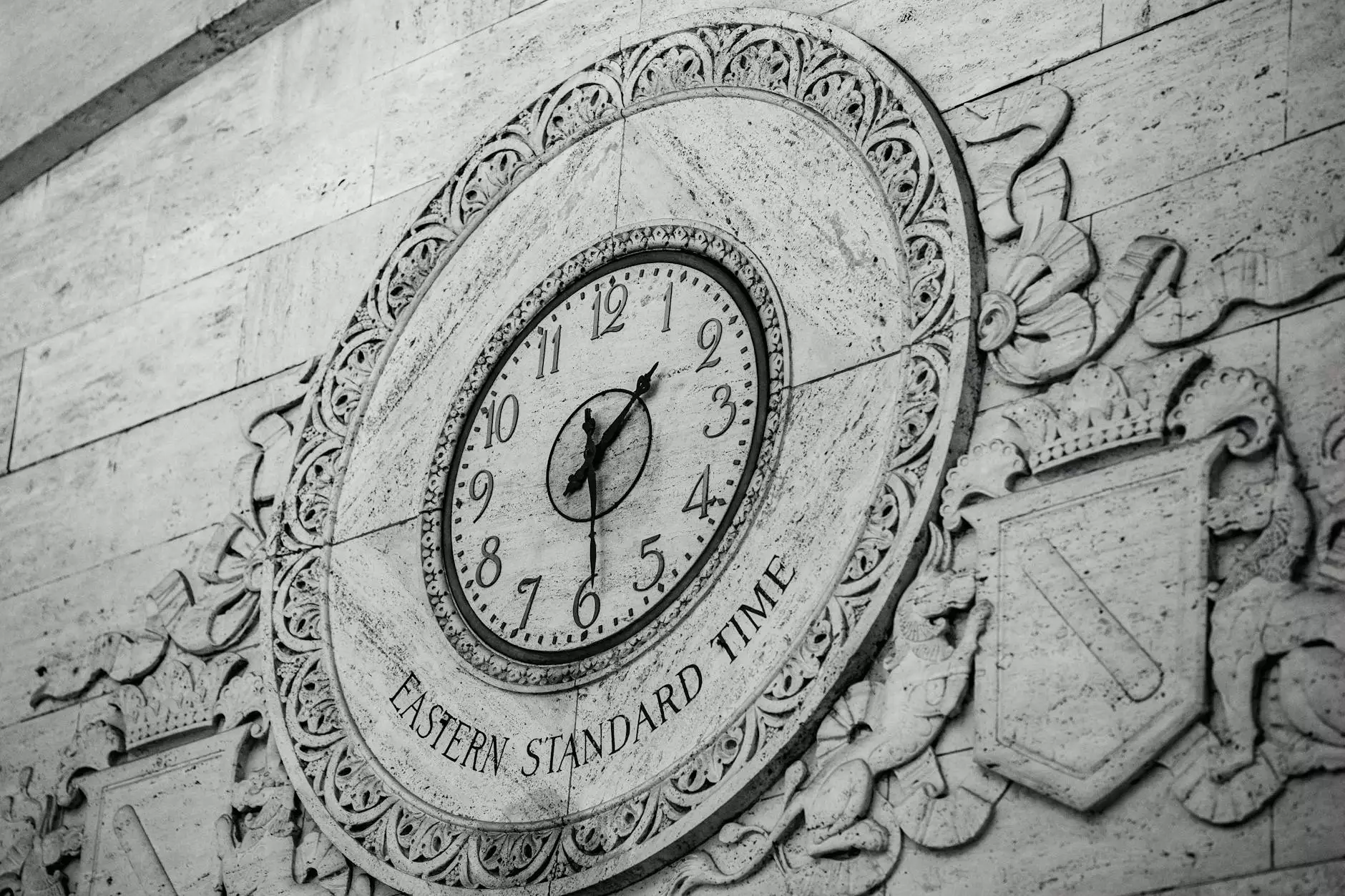How to Check Internal Engine Timing to Determine Timing Chain Stretch

Introduction
Welcome to Grafco Electric, your trusted source for all things related to engine maintenance and troubleshooting. In this comprehensive guide, we will walk you through the process of checking internal engine timing to determine timing chain stretch. As a leading provider of expert guidance, we aim to equip you with the necessary knowledge and tools to accurately diagnose and address timing chain issues.
Understanding Internal Engine Timing
Internal engine timing refers to the precise synchronization of the engine's internal components, including the valves, pistons, and crankshaft. The timing chain plays a crucial role in maintaining this synchronization, ensuring optimal engine performance and efficiency. Over time, the timing chain may stretch, leading to timing issues that can affect engine operation.
The Importance of Checking Timing Chain Stretch
Detecting timing chain stretch early is crucial to prevent more severe engine damage. Ignoring timing chain issues can result in decreased engine power, increased fuel consumption, and even potential engine failure. By regularly checking the internal engine timing and identifying potential chain stretch, you can address the problem promptly and avoid costly repairs.
Step-by-Step Guide to Check Internal Engine Timing
1. Safety First
Before starting any engine diagnostics, always ensure your safety by wearing appropriate protective gear and working in a well-ventilated area. Additionally, make sure the engine is cool and the ignition system is off.
2. Locate Timing Chain Cover
The timing chain cover is typically located on the front of the engine and is attached to the engine block. Refer to your vehicle's manual or consult a professional if you are unsure about the exact location.
3. Remove Timing Chain Cover
Using the appropriate tools, carefully remove the timing chain cover, ensuring not to damage any surrounding components. Take your time and exercise caution during this step.
4. Inspect Timing Chain Tension
Once the timing chain cover is removed, visually inspect the timing chain tension. A properly tensioned chain should have limited slack. Excessive slack may indicate chain stretch and require further investigation.
5. Measure Timing Chain Stretch
Using a timing chain stretch gauge or a precise measuring tool, measure the distance between specific chain links. Compare the measurement with your vehicle manufacturer's recommended specifications. If the measurement exceeds the specified limit, it indicates timing chain stretch.
6. Consult a Professional
If the above steps have determined that your timing chain is indeed stretched, it is highly recommended to consult a professional mechanic or technician for further inspection and potential replacement. They have the expertise and tools to accurately diagnose and address timing chain issues.
Conclusion
Checking internal engine timing to determine timing chain stretch is a critical aspect of engine maintenance. By regularly inspecting and diagnosing timing chain issues, you can prevent potential engine damage and ensure optimal performance. Remember to prioritize safety, follow the step-by-step guide, and consult professionals whenever necessary.
With Grafco Electric as your trusted guide, you now possess the knowledge to tackle internal engine timing issues with confidence. Stay proactive, maintain your engine's health, and enjoy a smooth and efficient driving experience for years to come!



